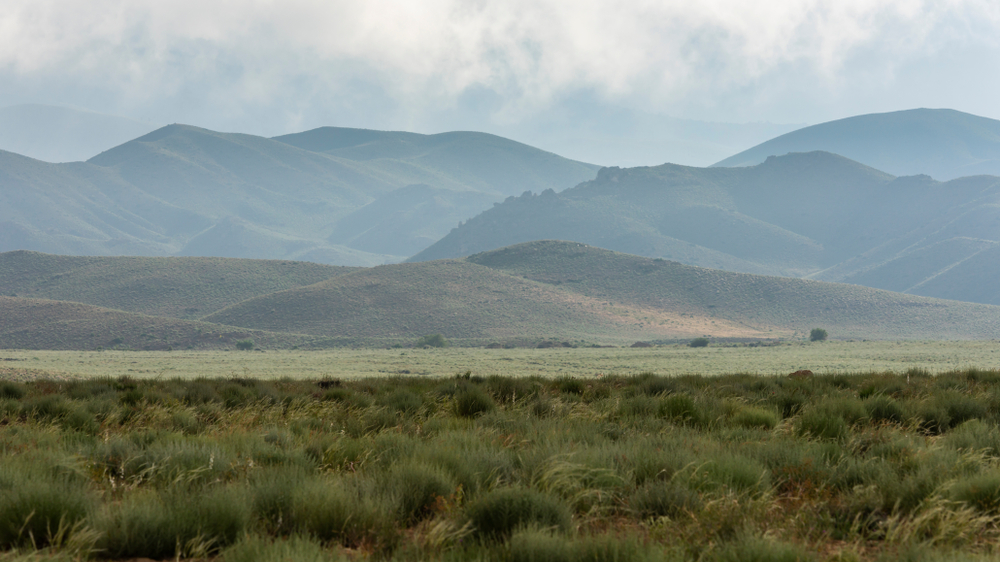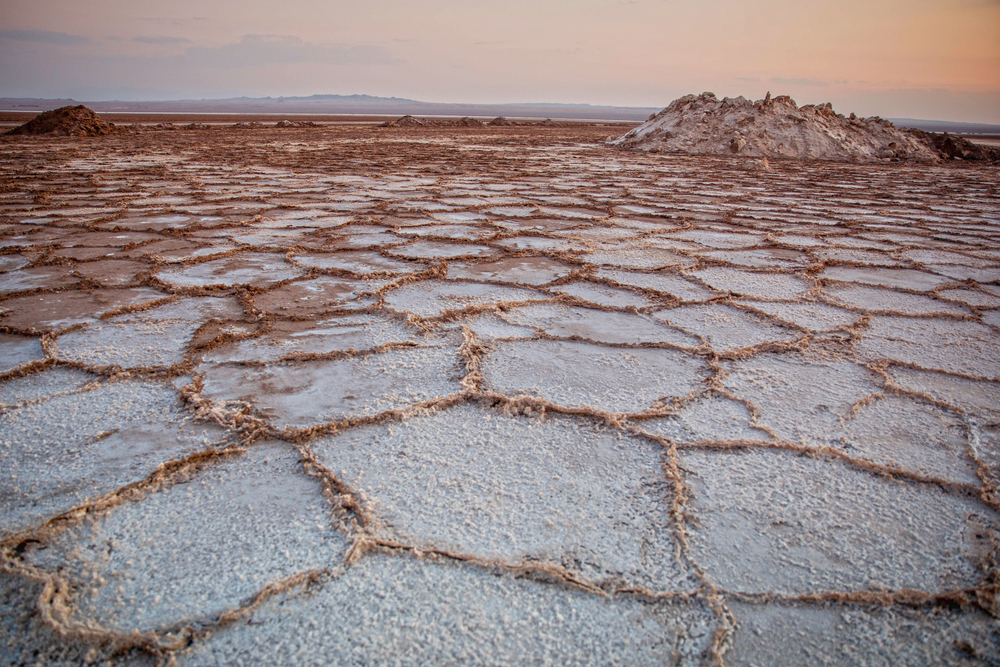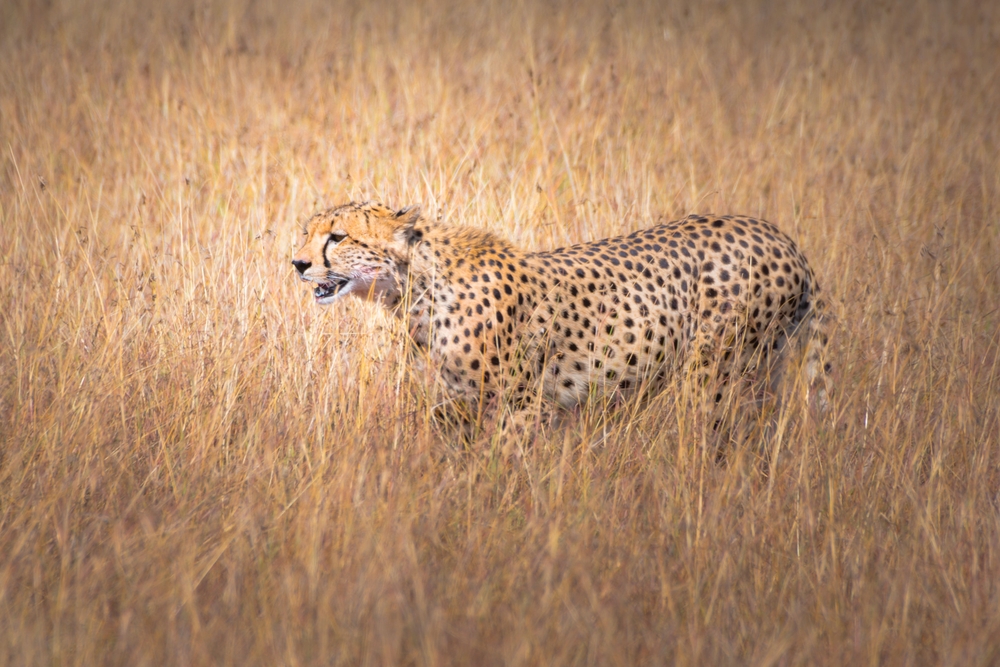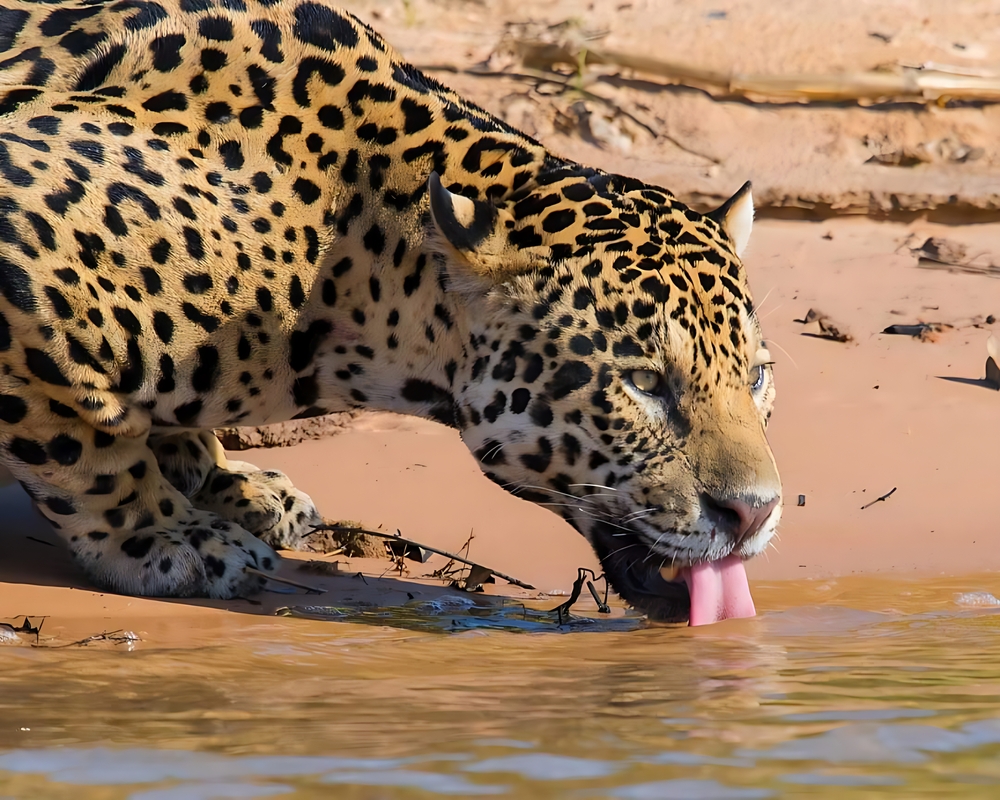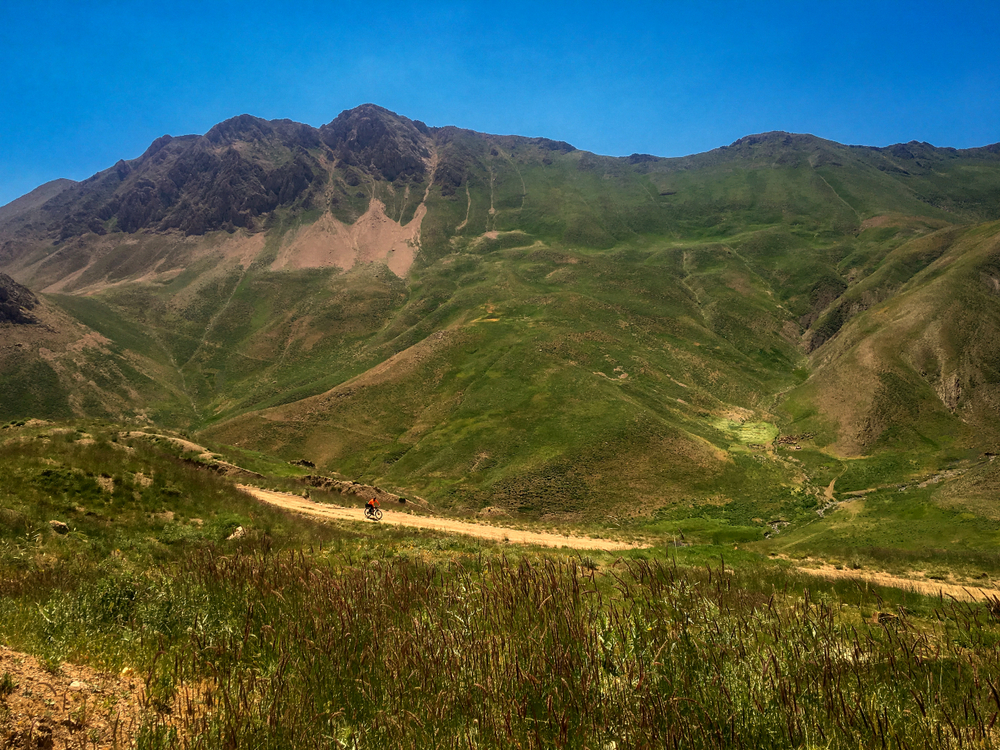Sorkheh Hesar Overview
Sorkheh Hesar National Park, located on the eastern outskirts of Tehran, Iran, spans approximately 37 square miles (96 square kilometers). Known as “پارک ملی سرخه حصار” in Persian, the park is one of the oldest protected areas in Iran, steeped in natural beauty and ecological significance.
This park provides a serene retreat from the bustling city, blending rich landscapes, diverse wildlife, and historical charm. The terrain of Sorkheh Hesar is characterized by rugged hills, undulating plains, and scattered valleys. The park’s name, translating to “Red Fence,” reflects the reddish hues of its rocky outcrops.
Covered in sparse yet resilient vegetation, the park’s flora includes wild pistachio trees, thorny shrubs, and seasonal grasses that thrive in the semi-arid climate. During spring, colorful wildflowers add a vibrant touch to the otherwise earthy tones of the landscape. A notable feature of the park is the gentle slope of its terrain leading to the Alborz mountain range in the distance, offering a dramatic backdrop.
The park is home to an array of wildlife, making it a haven for nature enthusiasts and wildlife watchers. Key mammals in the area include Persian gazelles, foxes, hares, and occasionally wild boars. The park’s birdlife is equally impressive, with species such as partridges, golden eagles, and other raptors soaring through its skies. These creatures are drawn to the park’s quiet environment, where limited human activity allows them to thrive.
Sorkheh Hesar National Park is a favorite spot for locals and visitors alike due to its accessibility and natural appeal. Popular features include its network of hiking and walking trails that weave through scenic areas, offering panoramic views and opportunities for birdwatching.
Additionally, the park is often used for picnics and outdoor gatherings, particularly during weekends when families and groups of friends enjoy its tranquil ambiance.
Visitors can engage with the park in various ways, from leisurely walks to more active pursuits like mountain biking along its trails. The park also provides opportunities for photography, especially during sunrise and sunset, when the lighting accentuates the red tones of the landscape.
While Sorkheh Hesar does not offer the dense forests or large lakes seen in other parks, its unique topography and biodiversity make it a compelling destination. One of the key challenges in Sorkheh Hesar’s conservation efforts is managing its proximity to Tehran, as urban encroachment and pollution pose threats to its delicate ecosystem.
However, the park’s protected status has helped mitigate some of these pressures, and recent efforts to involve local communities in its preservation have shown promise. Awareness campaigns and stricter regulations aim to maintain the park’s ecological balance while allowing sustainable recreation.











































































